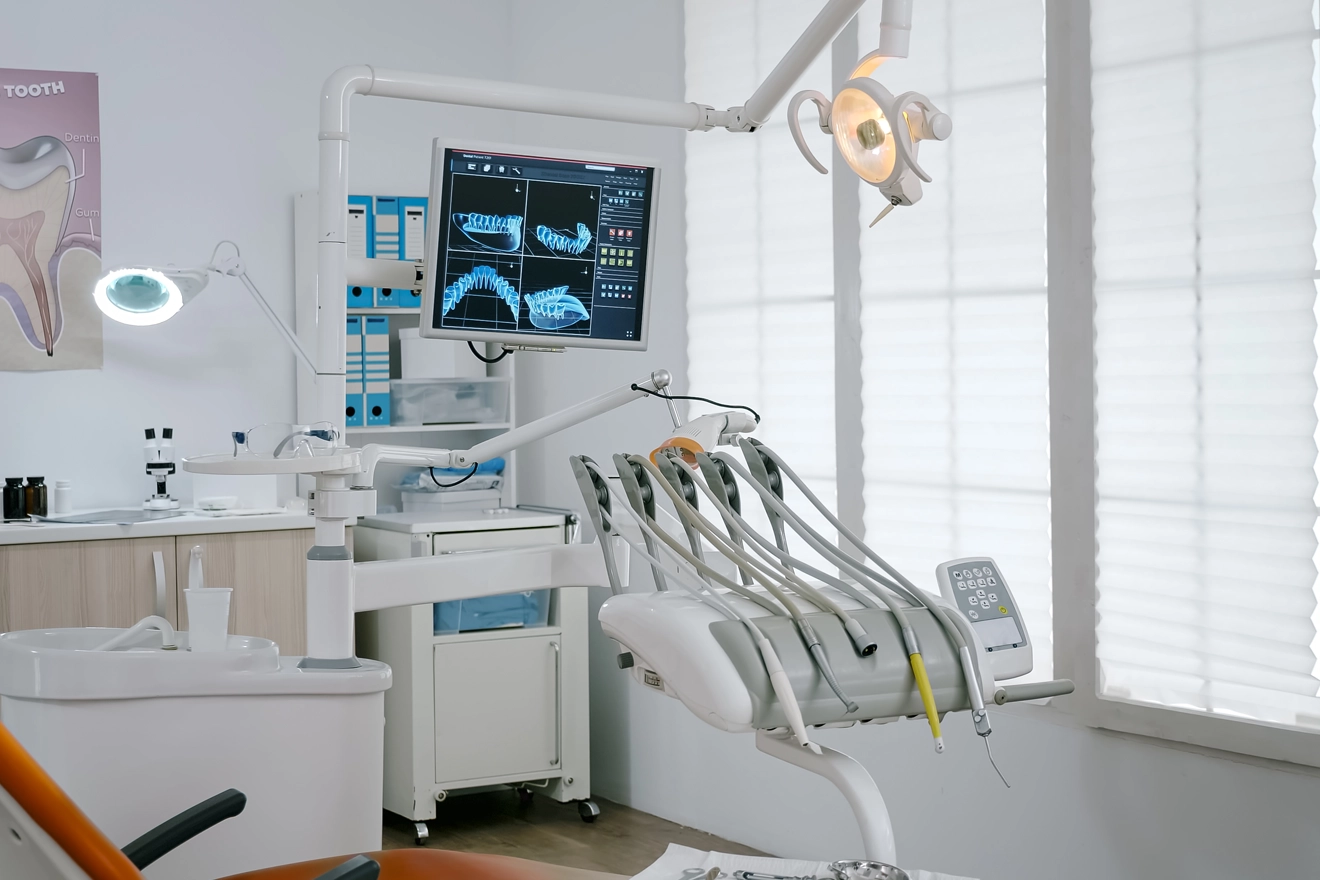
Bringing novel medical devices into global markets can be a daunting process for device manufacturers. As the medical device industry is highly regulated, manufacturers find it excruciating to align with the target market’s registration requirements. How to navigate the Regulatory maze of global registration requirements? Effective planning and early considerations for medical device registrations can be the key factors for compliance. Hence, every manufacturer must develop and follow a strong and well-built Regulatory strategy. How? Here we explain.
Develop a Regulatory Strategy: A strong and effective Regulatory strategy should be built upon identifying all the growing markets, the Regulatory requirements and the elements mentioned below:
- Researching target markets thoroughly
- Understanding the market demands
- Tracking the current competitive landscape and distribution methods
- Determining the costs/ROI for anticipated market areas
- Monitoring the reimbursement strategies and policies
- Understanding the Legal complexities, including intellectual property protection
- Classifying all the financial, professional and technical resources
- Leveraging the market clearances and approvals gained in primary markets to the extended markets
Product Development: Good amount of time and planning is needed to develop the medical device right the first time, in order to avoid challenges in the further processes of development. It is advisable to be organized and proactive when it comes to product development and look keenly into the following aspects:
- Design controls
- Design inputs (industry standards, regulations, previous products/projects, competitor products, prototypes and end-users)
- Design and development planning
- Design outputs
- Design verification, validation and reviews
- User needs
- Design changes
- Design History Files (DHFs)
Organize/Collate Documents: To ensure Regulatory compliance, all the documents related to medical device registration should be organized in a formal Quality Management System (QMS). Having an effective QMS will reduce the administrative task, streamline document management and mitigate the costly reworks and recalls that cause significant delays in the licensing and registration process. A QMS is inclusive of the following essential documents for medical device registration:
- Product descriptions
- Labeling information
- Regulatory certificates
- Specific test information in some cases
Develop Strong Relationship with Supplier and End-User: Having a robust and strong relation with the supplier and an efficient supply chain management process will ensure market accessibility and sustainability. Global regulators expect that the process must be aligned with certain Regulatory standards. Hence, the following must be taken into consideration:
- Conduct and complete regular audits on your suppliers
- Include suppliers and Economic Operators (EOs) during the quality control checks
- Analyze the products’ quality, the production and developmental timelines and the conditions in which they are produced
In addition, it is equally important to have a strong relation with the end-users as their feedback plays a crucial role in design validation.
Maintain the Compliance of Registered Devices: Given the ever-changing Regulatory landscape, the compliance best practices of registered devices should be revalidated in regular intervals. Maintaining the proof of information is the key. All the registrants must have their documentation in place for audits. If there is no information readily available, regulators may draw a conclusion to non-compliance. Also, it is very essential to have an eye on the medical device importation and exportation procedures across various countries. Failing to do so will lead to product rejections, approval delays, fines and penalties. Therefore, a thorough planning and maintenance of the device registration documents, files and records as per the country/region-specific Regulatory requirements is recommended.
In a nutshell, launching medical devices in global markets is surrounded by multifaceted Regulatory requirements and can be challenging, at times. Manufacturers can certainly cut through various roadblocks and ensure successful device registration with a well-defined Regulatory strategy. Are you aiming for a compliant device registration across the global markets? Do you have a Regulatory strategy defined? Or are you planning to have one? Consult Freyr. Stay informed. Stay compliant.









